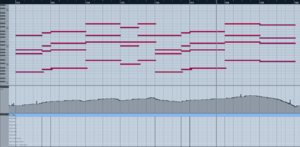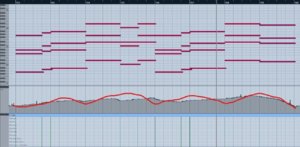dr.soundsmith
New Member
I recently made my first orchestral library purchase: 'Palette Symphonic Sketchpad' along with the brush pack 'Melodics'. I think it sounds good, and I like the approach of having an ensemble library along with melodic groupings. The problem is, the ensembles (brass, woodwinds, strings) don't have legato. This makes sense since they aren't meant to be played as monophonic really. The melodics pack does have true legato, but it doesn't feature every section in a traditional sense (violin, viola, cello, etc). Rather it has melodic combinations (violins in octaves, trumpets and horns together in octaves, cello and bass together, etc).
So I am having trouble getting everything to sound natural when playing whole ensembles in chords for example. There are several libraries like this (Albion One, Sonuscore The Orchestra, Berlin Inspire, etc), so I'm hoping people who use libraries like this will have some insight.
My question is basically, what are your approaches to making things sound more legato when there are chord transitions?
I have tried messing around with note overlap without much success. To illustrate what I mean, I am attaching a short example from a rock song I am working on with the orchestral parts soloed (strings, brass, and a few individual legato instruments over top) as well as just strings soloed. Is there just too much movement? Do I need to just use legato patches? Thanks.
So I am having trouble getting everything to sound natural when playing whole ensembles in chords for example. There are several libraries like this (Albion One, Sonuscore The Orchestra, Berlin Inspire, etc), so I'm hoping people who use libraries like this will have some insight.
My question is basically, what are your approaches to making things sound more legato when there are chord transitions?
I have tried messing around with note overlap without much success. To illustrate what I mean, I am attaching a short example from a rock song I am working on with the orchestral parts soloed (strings, brass, and a few individual legato instruments over top) as well as just strings soloed. Is there just too much movement? Do I need to just use legato patches? Thanks.






